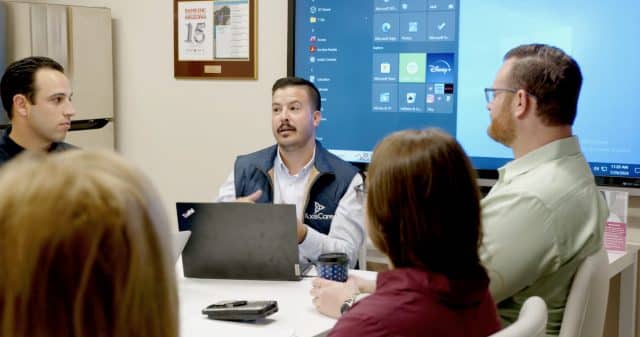Activities of Daily Living (ADLs)
Activities of Daily Living, or ADLs, are the basic tasks that individuals typically perform on a daily basis. These activities are fundamental to caring for oneself and maintaining independence. Understanding ADLs is crucial for anyone involved in caregiving, as they serve as a measure of a person’s functional status.
What are the Activities of Daily Living (ADLs)?
ADLs are divided into six basic categories:
- Personal Hygiene: Bathing, grooming, oral care, and nail care.
- Dressing: The ability to make appropriate clothing decisions and physically dress and undress oneself.
- Feeding: The ability to feed oneself, though not necessarily the ability to prepare food.
- Ambulating: The ability to change body position and walk independently.
- Toileting: The ability to get on and off the toilet and perform personal hygiene tasks associated with toileting.
- Continence: The ability to control one’s bladder and bowel functions.
Why are ADLs Important?
ADLs are used as a measurement of a person’s ability to live independently. A decline in the ability to perform ADLs can signal that a person may need additional support, such as a caregiver or assisted living.
How Can Caregivers Assist with ADLs?
Caregivers can assist with ADLs in various ways:
- Personal Hygiene: Caregivers can help with bathing and grooming tasks, ensuring that individuals maintain good hygiene.
- Dressing: Caregivers can assist individuals in choosing appropriate clothing for the weather and occasion, as well as physically helping them dress if needed.
- Feeding: If individuals have difficulty feeding themselves, caregivers can help them eat their meals.
- Ambulating: Caregivers can provide support for individuals when they walk, helping them move safely.
- Toileting: Caregivers can assist individuals in getting on and off the toilet and performing associated hygiene tasks.
- Continence: Caregivers can help manage incontinence by assisting with toileting schedules, helping change incontinence products, and maintaining hygiene.
Tips for Making ADLs Easier
Here are some tips for making ADLs easier for seniors:
- Use adaptive equipment: Tools like grab bars, raised toilet seats, shower chairs, and dressing aids can make ADLs easier and safer.
- Modify the home: Simple modifications like removing clutter, securing loose rugs, and adding better lighting can make a big difference in safety and independence.
- Encourage regular physical activity: Regular exercise can help improve strength and balance, making it easier to perform ADLs.
Remember that each individual is unique, so their abilities and needs when it comes to ADLs may vary. Regular assessments are important to ensure that the level of care provided continues to meet their changing needs.







